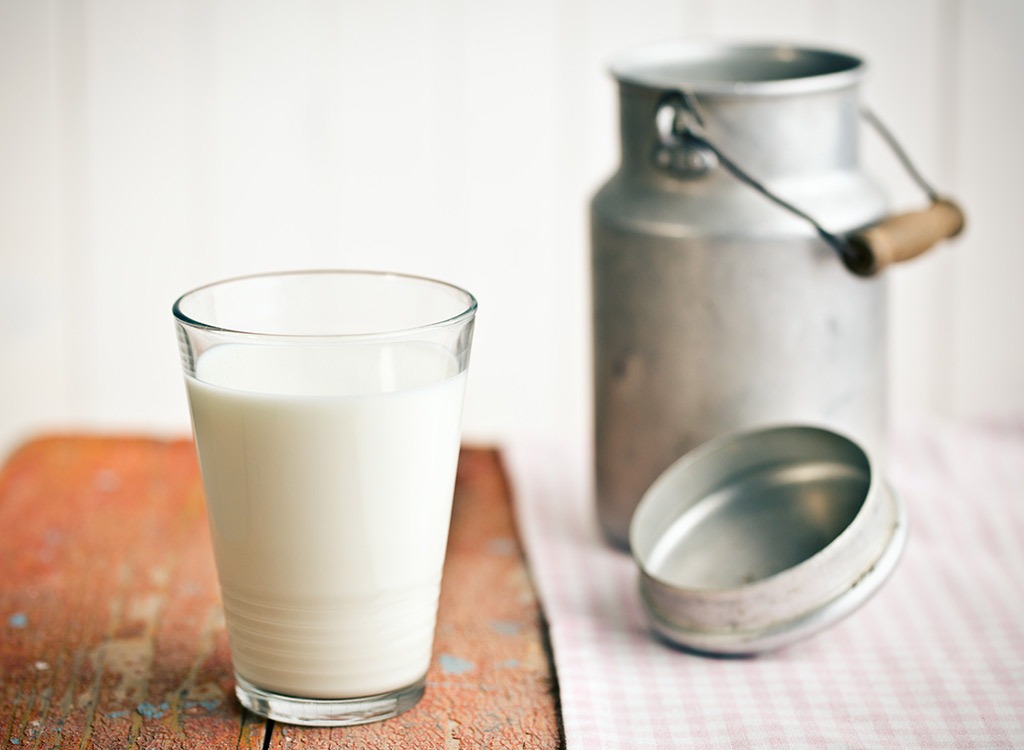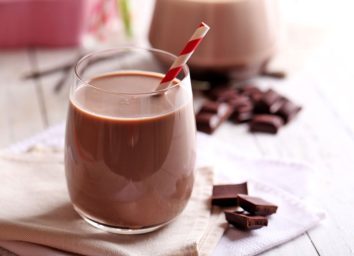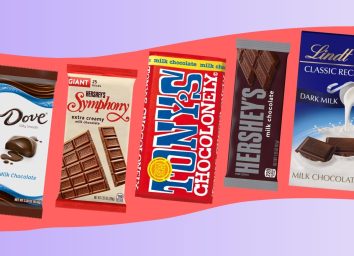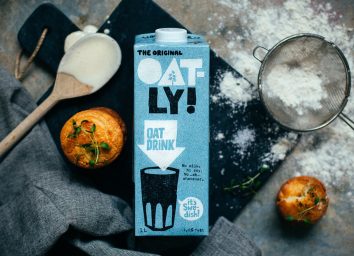Skim Milk vs. Whole Milk—We Asked a Dietitian Which One You Should Actually Drink

There are so many different types of milk out there now, with myriad plant-based varieties—such as oat, hemp, and cashew—piquing the interest of both millennials and older generations alike, in addition to good ol’ cow’s milk. For the traditional milk drinkers out there, we wanted to uncover which version, skim milk vs. whole milk, is the healthiest option. Of course, this is based primarily on personal preference, but we consulted Kelli McGrane MS, RD for weight loss-focused app Lose It!, for a dietitian’s perspective on the high-in-calcium drink and which one you should be drinking for its health benefits.
What are the pros and cons of skim milk?
Pros: “The main benefit of skim milk is that it supplies a high amount of protein, calcium, and vitamin D for a relatively low amount of calories,” says McGrane. “It’s a good option for anyone who is trying to reduce their calorie intake, while still getting a sufficient amount of calcium and protein.”
Cons: McGrane says that because of its lower fat and calorie content, it’s not as satiating as whole milk.
What are the pros and cons of whole milk?
Pros: “The biggest pro of whole milk is that it’s high in healthy fats, especially omega-3 fatty acids,” says McGrane. “While it was once a concern that the high amount of fat in whole milk could lead to increased risk of heart disease, recent studies have not shown this correlation. In fact, some research has shown that consumption of full-fat dairy may actually decrease the risk of chronic disease, including heart disease.”
Another positive aspect of whole milk is that the fat may enhance the absorption of vitamin D. As you may already know, vitamin D is fat-soluble, meaning the body absorbs it best when in the presence of fat. This vitamin is also important for supporting bone health and immune function.
“Finally, although higher in calories than skim milk, whole milk has actually been associated with lower weight and waist circumferences. This may in part be due to whole milk keeping you fuller for longer, thanks to the high-fat content,” says McGrane.
Cons: The obvious con is that whole milk contains more fat and calories than its skim counterpart. For perspective, one glass of skim milk contains just 80 calories, 0 grams total fat, and 0 grams saturated fat in comparison with a glass of whole milk, which contains about 150 calories, 8 grams total fat, and 5 grams saturated fat.
“While both of these can be benefits of whole milk, when consumed in excess, whole milk does have the potential to lead to weight gain and excess fat intake. If you have or are at high risk for heart disease, it’s best to consult with a dietitian to determine the best milk for your individual health needs,” she says.
If you were to choose between buying a gallon of skim or whole milk, which would you choose?
“I prefer organic whole milk over skim milk, as it’s much higher in omega-3 fatty acids, approximately 183 milligrams per cup, compared to 2.5 milligrams,” says McGrane. “Plus, these high levels of healthy fats keep me fuller for longer, reducing cravings throughout the day.”
That’s not to say you should chug several glasses of the stuff per day, but one glass will provide ample nutrition, without costing you a lot of calories and fat. The choice is yours!








